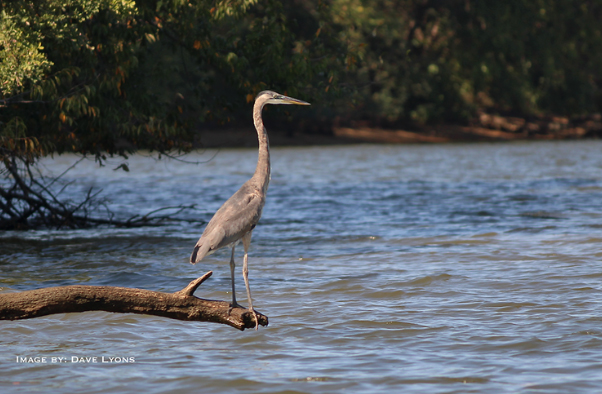ShoreRivers is pleased to announce the addition of three new members to its Governing Board: Jack Broderick, Ann Swanson, and Loribeth Weinstein. As a grassroots nonprofit organization, the hard work and support of board members is imperative to the organization’s efforts for thriving rivers on the Eastern Shore. ShoreRivers extends deep gratitude for the wise counsel, encouragement, and vision of these exceptional community members. See the full list of Board members at ShoreRivers.org/leadership.
These new voices will bring a wealth of expertise to ShoreRivers, including equal opportunity and civil rights, social and economic justice, grantmaking and local governance, and environmental policy and conservation. Paired with a deep commitment to clean water and healthy Eastern Shore communities, these new members will strengthen the organization’s robust science-based advocacy, restoration, and education efforts.
Jack Broderick is a retired federal manager and long-time community activist and leader on Kent Island who serves on numerous local and state boards and committees, including the Maryland 250 Commission and the Bay Bridge Reconstruction Advisory Group. A former Captain in the U.S. Army, he retired in 2021 as the Director of Equal Opportunity for the National Guard Bureau, U.S. Department of Defense, after 34 years of combined Federal military and civilian service. Broderick lives on Cox Creek and enjoys crabbing, fishing, hunting, and generally spending time on the water.
The former Executive Director of the Chesapeake Bay Commission, Ann Swanson, has spent four decades as a leader in Chesapeake Bay restoration and been recognized for her work on a regional, national, and international scale. Swanson was the catalyst for the early formation of the Chester River Association and the Sassafras River Association — two of ShoreRivers’ legacy organizations. In recognition of that, and her tireless efforts on behalf of the Bay, and its landscapes and communities, she was the winner of ShoreRivers’ inaugural Award for Environmental Stewardship in 2019.
Loribeth Weinstein spent her career at the helm of non-profit and philanthropic organizations addressing issues of gender parity and social and economic justice. Now retired, she served for two decades as the CEO of Jewish Women International, an organization committed to protecting the rights of women and girls, and is a founder of the Washington Area Women’s Foundation, a philanthropic organization that has provided more than $16 million in grants to organizations in the Washington D.C. region since 1999. She has a love of Eastern Shore waterways that inspired her to deepen her commitment to environmental stewardship, and is also a Master Gardener.
In addition to its new members, the Board also recently elected its Executive Committee for 2025, which consists of Marian Fry, Chair; Barbara Boyd, Vice Chair; Frank Lewis, Treasurer; Maura Bollinger, Secretary, and Gene Lopez, At-Large.
ShoreRivers also celebrates several long-time Board members whose terms end this year: Meta Boyd, Bruce Abel, Ron Rothman, and Philp Webster. The organization is incredibly grateful to each of them for their years of dedicated service and invaluable contributions.








